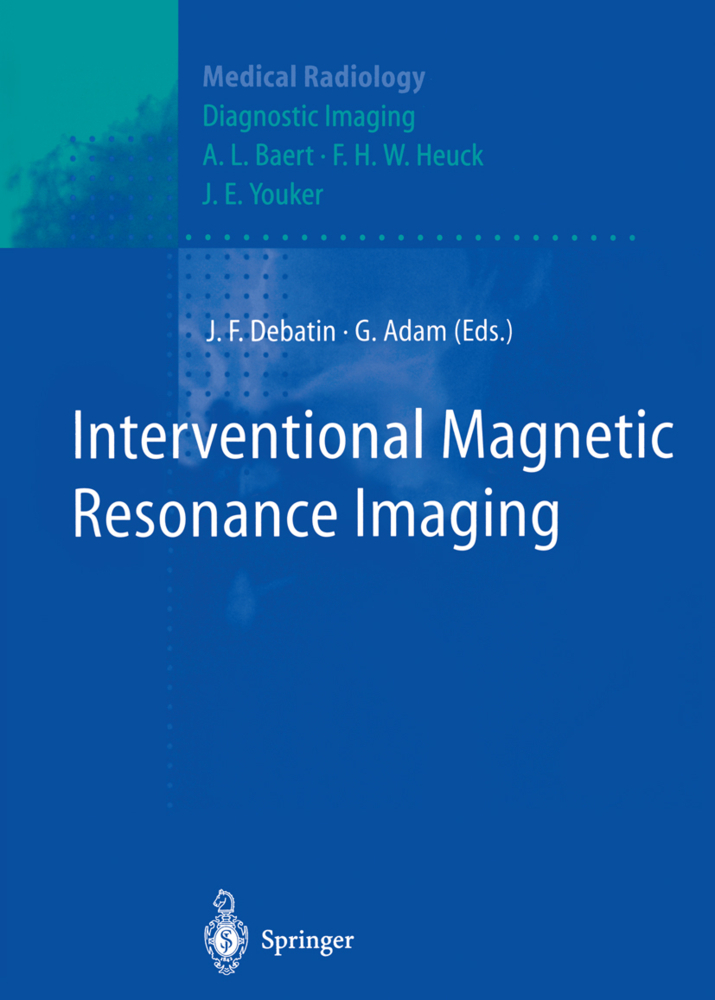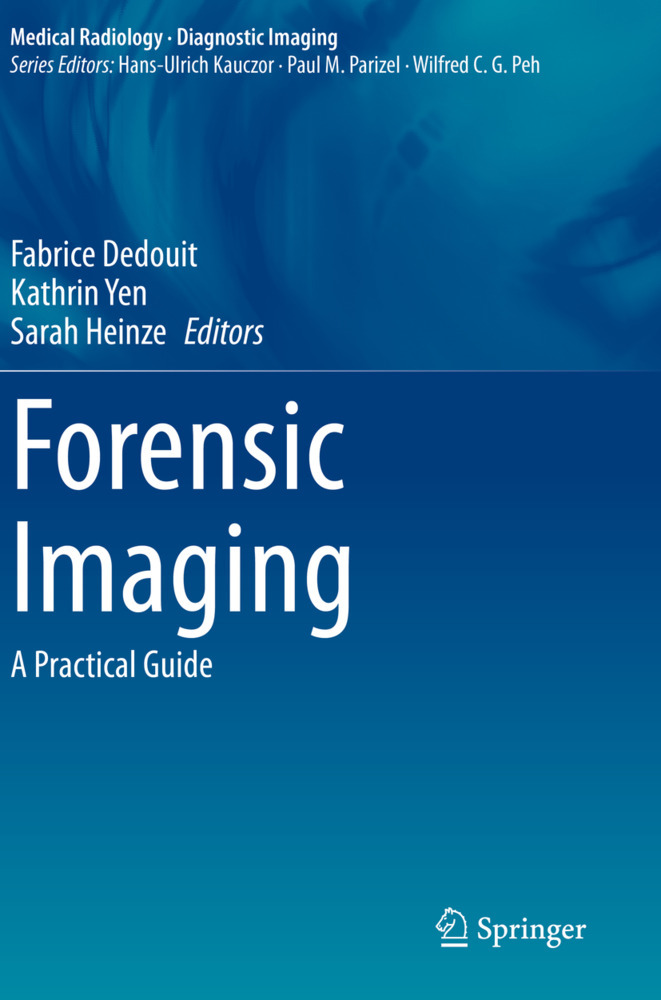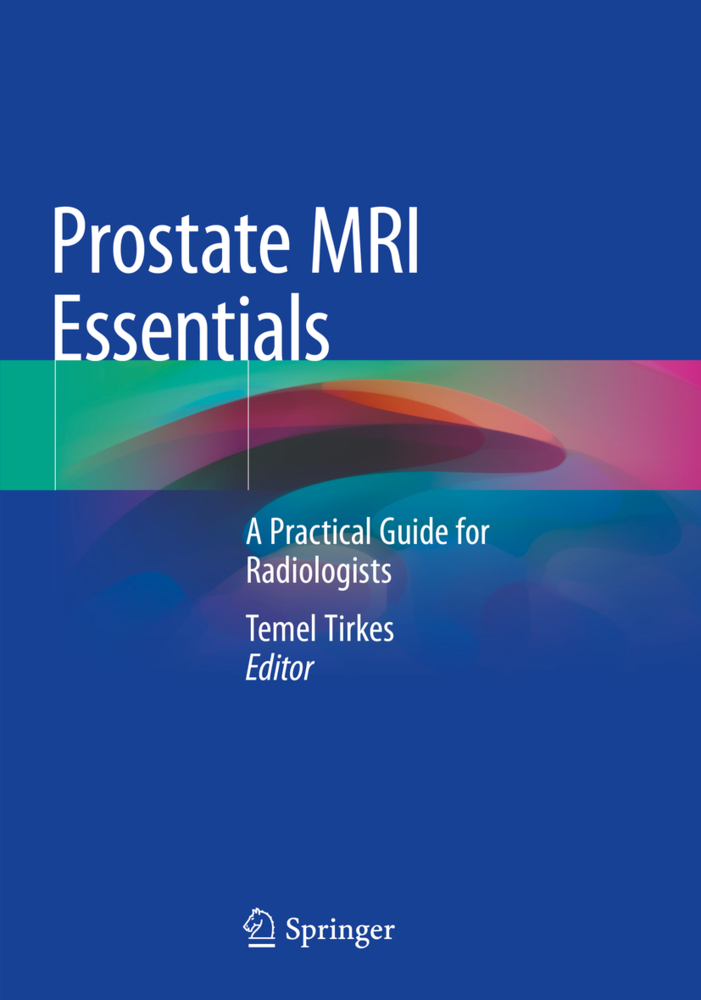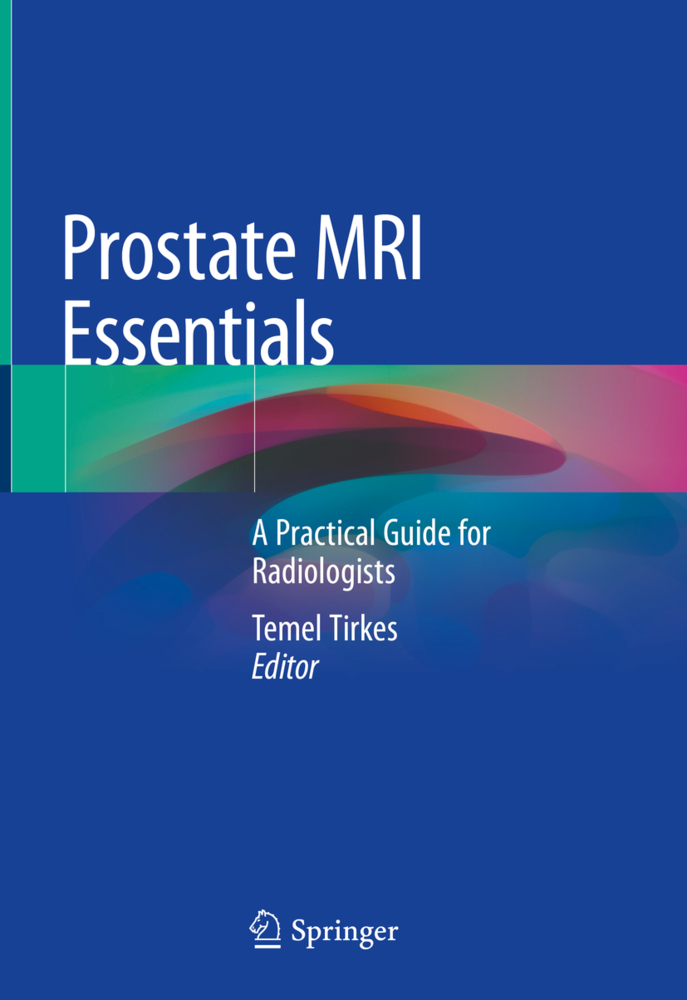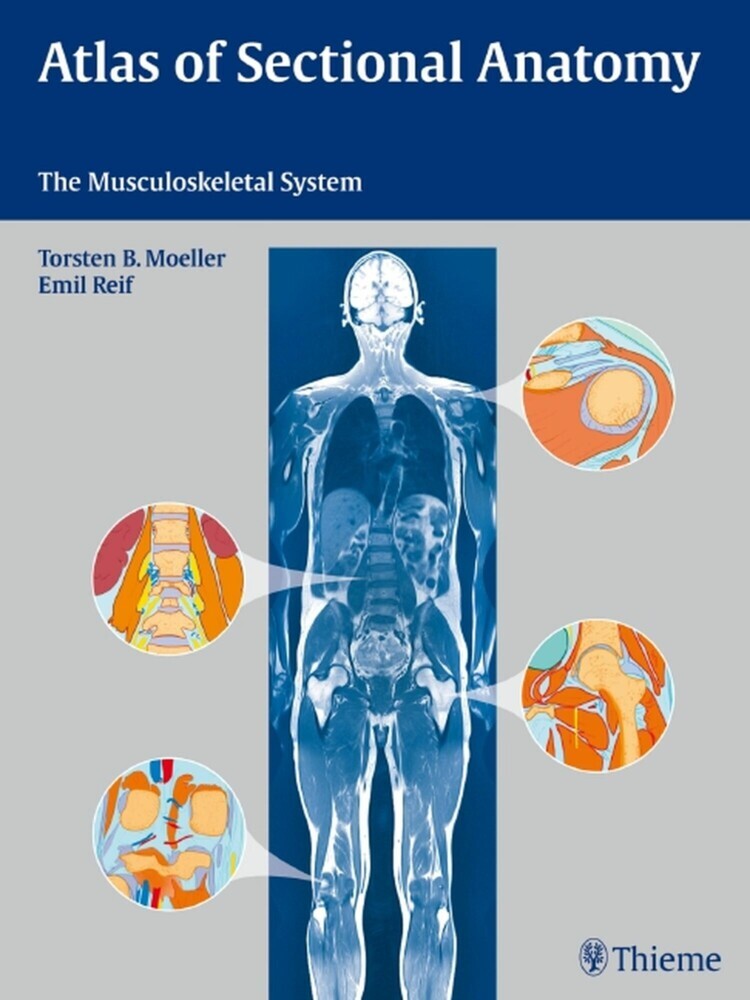Interventional Magnetic Resonance Imaging
Interventional Magnetic Resonance Imaging
One of the most amazing and spectacular developments in modern radiology has been the rapid growth and expansion of so-called interventional radiology, which can also be described as minimally invasive therapy guided by radiological imaging. Many applications of this method are now widely in use in different organs, particularly in the vascular system. Everybody is well aware of the shortcomings and drawbacks of the radiological modalities currently used for guiding minimally invasive procedures. Ultrasound, although it has the advantage of being absolutely harmless to the patient and the operator, cannot be used for many procedures because it does not provide the precise anatomical information needed for a safe performance of these procedures. Rontgen rays provide superb anatomical insight to guide delicate manipulations inside the human body, but as operations tend to become longer and more complicated, the radia tion dose for patients, as well as for operators, is becoming an increasing source of concern. It is therefore logical that we should explore the possibilities for interventional radiological procedures provided by the latest imaging modality -magnetic resonan ce imaging -taking advantage of the specific physical properties of this method and the absence of ionizing radiation. It soon became evident that this new approach represents a tremendous challenge involving the development of new hardware and software, new catheters and other material that can be used in a magnetic environment, etc.
2 Interventional MR with a Mid-Field Open System
3 Interventional MR with a Hybrid High-Field System
Instrument Visualization in the MR Environment
4 Principles of Passive Visualization
5 Passive Visualization of Needles
6 Susceptibility-Based Catheter Visualization
7 Field Inhomogeneity-Based Catheter Visualization
8 Active Visualization - MR Tracking
9 Active Visualization - MR Profiling
10 External Referencing Systems
Safety and Imaging Aspects in Interventional MRI
11 Safety Issues in the MR Environment
12 Patient Monitoring in the MR Environment
13 Fast Imaging Techniques for MR-Guided Biopsies
Transcutaneous MR-Guided Interventions
14 MR-Guided Biopsy of the Abdomen
15 MR-Guided Biopsy of the Bone
16 MR-Guided Lesion Localization and Biopsy of the Breast
17 MR-Guided Cholecystostomy in Pigs
18 Real-Time MR-Guided Neurosurgical Interventions
19 Neuronavigation of Cerebral Lesions
20 MR-Guided Biopsies of the Head and Neck
Principles of MR-Guided Interstitial Therapy
21 Temperature-Sensitive MR Sequences
22 MR-Guided Laser Therapy
23 MR-Guided Focused Ultrasound Surgery
24 MR-Guided Cryotherapy
25 MR-Guided RF Treatment
Clinical Applications of MR-Guided Interstitial Therapy
26 Interstitial Laser Therapy of Brain Lesions
27 Interstitial Laser Therapy of Head and Neck Lesions
28 Interstitial Laser Therapy of Liver Lesions
29 Interstitial Therapy of Prostate Lesions
30 Interstitial Laser Therapy of Breast Lesions
Intraoperative MRI
31 Image-Guided Neurosurgery with Intraoperative MRI
Interventional MR Angiography
32 Intravascular Applications of Field Inhomogeneity Catheters: In Vivo Results
33 IntravascularInterventions with Active MR Tracking
34 Intravascular MRI
A Critical Perspective
35 Interventional Radiology and Interventional MRI
Instrumentation Vendors
36 MR-Compatible Instrumentation
List of Contributors.
MR Imager Configurations
1 Interventional MRI with an Open Low-Field System2 Interventional MR with a Mid-Field Open System
3 Interventional MR with a Hybrid High-Field System
Instrument Visualization in the MR Environment
4 Principles of Passive Visualization
5 Passive Visualization of Needles
6 Susceptibility-Based Catheter Visualization
7 Field Inhomogeneity-Based Catheter Visualization
8 Active Visualization - MR Tracking
9 Active Visualization - MR Profiling
10 External Referencing Systems
Safety and Imaging Aspects in Interventional MRI
11 Safety Issues in the MR Environment
12 Patient Monitoring in the MR Environment
13 Fast Imaging Techniques for MR-Guided Biopsies
Transcutaneous MR-Guided Interventions
14 MR-Guided Biopsy of the Abdomen
15 MR-Guided Biopsy of the Bone
16 MR-Guided Lesion Localization and Biopsy of the Breast
17 MR-Guided Cholecystostomy in Pigs
18 Real-Time MR-Guided Neurosurgical Interventions
19 Neuronavigation of Cerebral Lesions
20 MR-Guided Biopsies of the Head and Neck
Principles of MR-Guided Interstitial Therapy
21 Temperature-Sensitive MR Sequences
22 MR-Guided Laser Therapy
23 MR-Guided Focused Ultrasound Surgery
24 MR-Guided Cryotherapy
25 MR-Guided RF Treatment
Clinical Applications of MR-Guided Interstitial Therapy
26 Interstitial Laser Therapy of Brain Lesions
27 Interstitial Laser Therapy of Head and Neck Lesions
28 Interstitial Laser Therapy of Liver Lesions
29 Interstitial Therapy of Prostate Lesions
30 Interstitial Laser Therapy of Breast Lesions
Intraoperative MRI
31 Image-Guided Neurosurgery with Intraoperative MRI
Interventional MR Angiography
32 Intravascular Applications of Field Inhomogeneity Catheters: In Vivo Results
33 IntravascularInterventions with Active MR Tracking
34 Intravascular MRI
A Critical Perspective
35 Interventional Radiology and Interventional MRI
Instrumentation Vendors
36 MR-Compatible Instrumentation
List of Contributors.
Debatin, Jörg F.
Adam, Gerhard
Baert, A.L.
Günther, R.W.
Schulthess, G.K. von
| ISBN | 978-3-642-64329-3 |
|---|---|
| Artikelnummer | 9783642643293 |
| Medientyp | Buch |
| Auflage | Softcover reprint of the original 1st ed. 1998 |
| Copyrightjahr | 2012 |
| Verlag | Springer, Berlin |
| Umfang | XV, 319 Seiten |
| Abbildungen | XV, 319 p. 58 illus. in color. |
| Sprache | Englisch |

